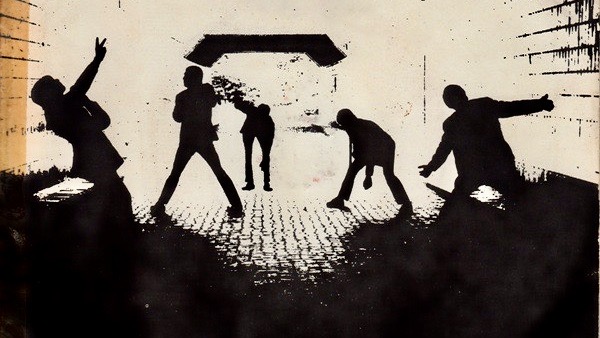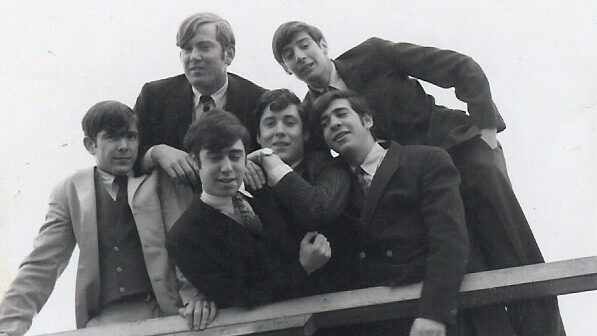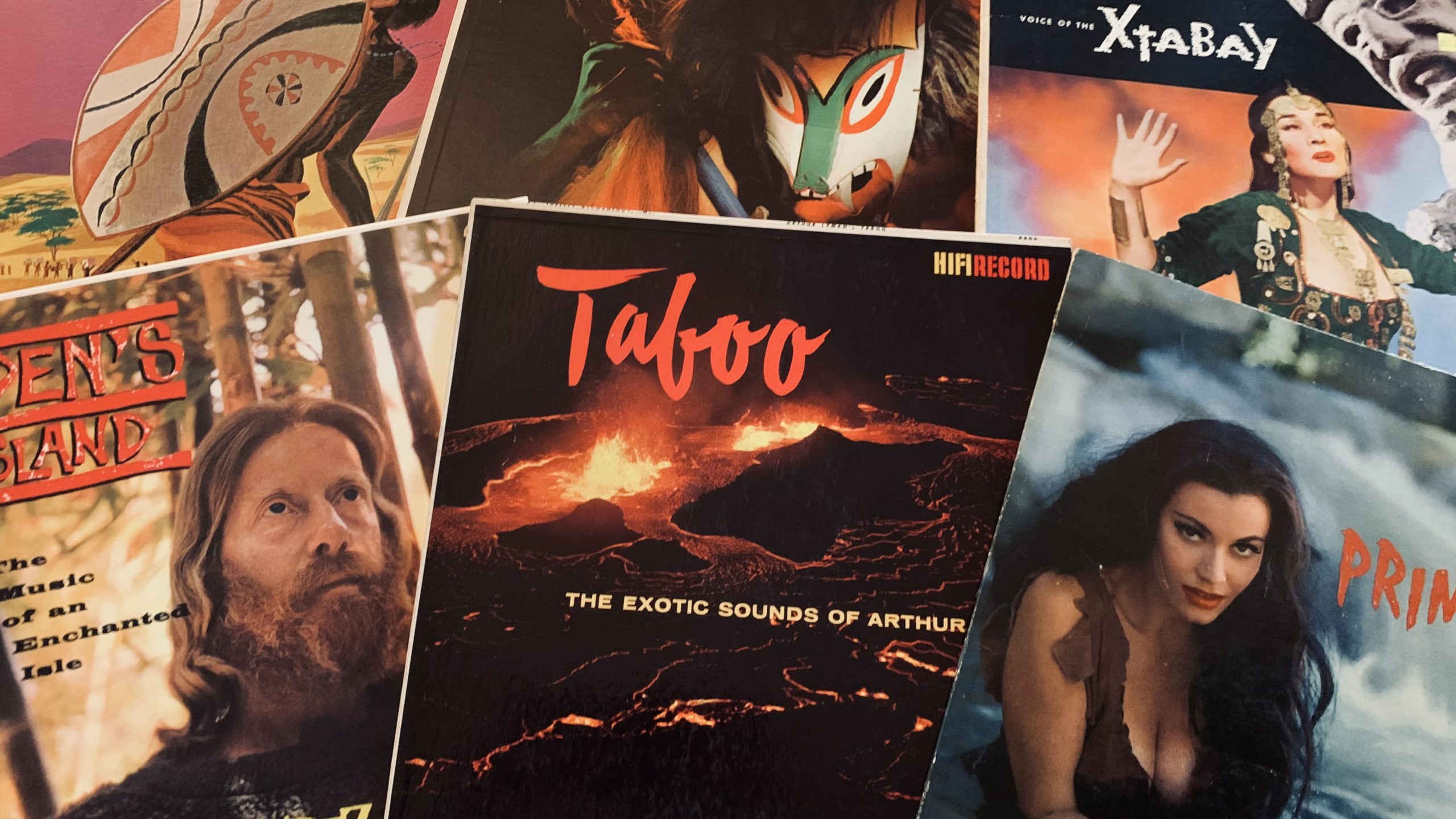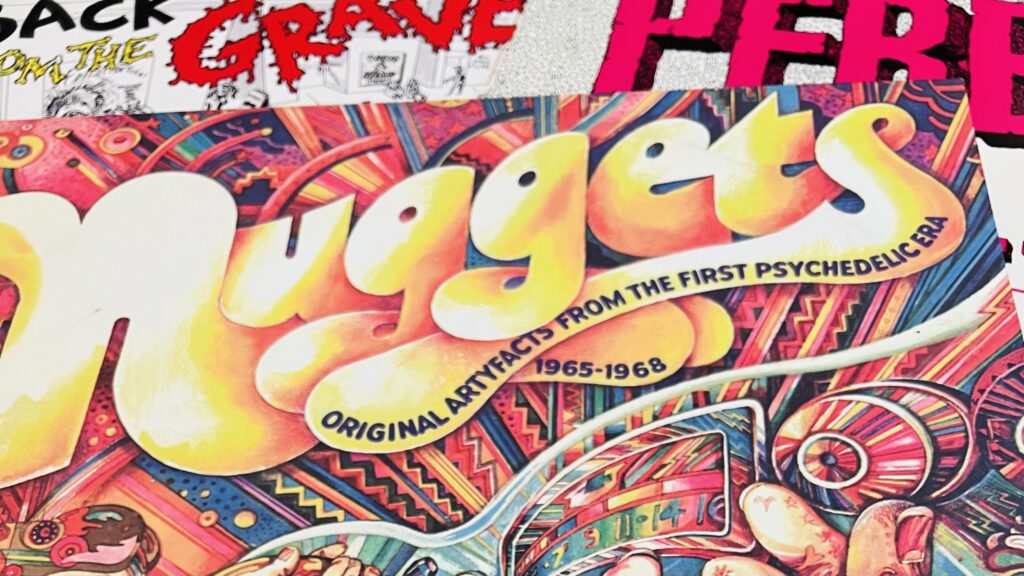
We’re entering the home stretch of our summer-long American Garage Rock Road Trip, and the twelfth installment finds us heading to the Keystone State for thirty more fuzz-drenched gems – mostly of the long-forgotten variety, and several that are too obscure to have ever been “forgotten.” Pennsylvania was a bustling haven of garage rock activity throughout the sixties, and we’re uncovering some of the best that the scene had to offer right here.
Pennsylvania garage bands of the sixties tended to be a little less punk-minded than their counterparts out west, but were generally less polished than groups from New York and New England. Hooks still reigned supreme in PA, but they tended to do so with a (dare we say) grittiness – that was unique to the state. Unsurprisingly, this combination was less destined for commercial success, but several regional scenes flourished nonetheless.
Of course, much of that action centered around the metropolitan area of Philadelphia. Even though the City of Brotherly Love had fallen out of the top three most populated American cities in the 1950s – where it had been for virtually its entire existence – Philadelphia remained a significant cultural center in the Mid-Atlantic region. Not only do Philadelphia-area bands constitute nearly half of the groups represented in this feature, but a significant number of the non-Philly bands traveled to the city to record and perform.
This has been a fun one for me to assemble. I’m from Flagstaff, Arizona, and love my adopted hometown of Portland, but – thanks to a formative two years spent living in its exurbs as a child – I have more civic pride for Philadelphia than either of them. The dearth of the things that I loved growing up – Arizona lacked the two professional sports that I cared about as a kid until the late-nineties – meant that I have always rooted for Philadelphia as if it were my home. Through my research for this piece, I found myself drawn to that same underdog charm of these scrappy Philly-area garage bands.
Spotify again does kind of a “meh” job here, with only a dozen of the thirty songs currently available on the service. As always, the YouTube playlist below is the far superior one. Enjoy digging through these tracks! And oh yeah, fuck the Mets…
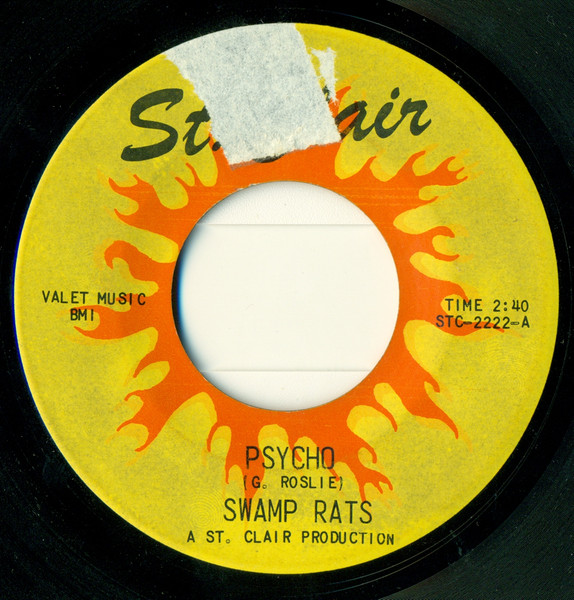
While I tend to emphasize original compositions where possible on these features, it’s hard to deny that this electrifying cover of The Sonics’ “Psycho” is the most potent entry in The Swamp Rats’ catalog. The band – from the Pittsburgh suburb of McKeesport – actually manages to match the blistering intensity of the original, and arguably even upstages the legendary Tacoma garage group.
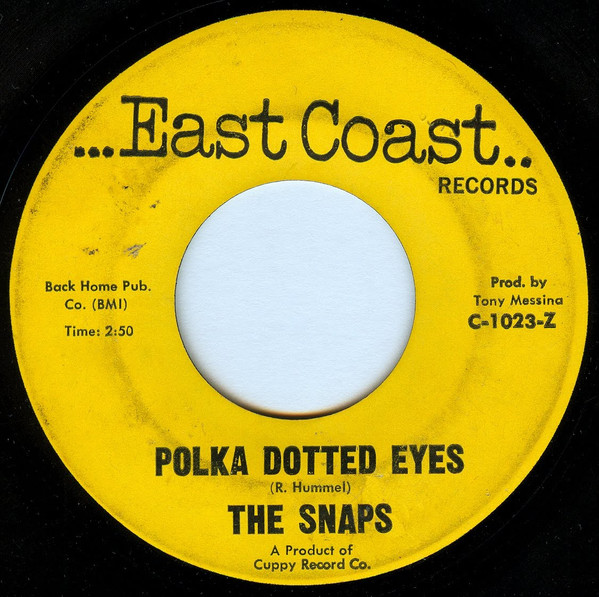
From just outside of Philadelphia – specifically the borough of Fulcroft – The Snaps released a solid debut with 1965’s “You Don’t Want Me,” but their peak arrived on the next year’s follow-up. “Polka Dotted Eyes” matches its twangy lead guitar with solid rhythm work, and a vocal performance that puts the song on the punkier end of the garage spectrum.
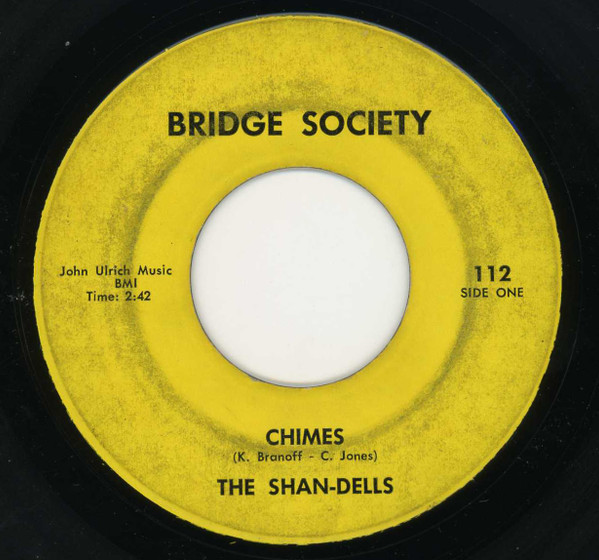
“Chimes” is a wholly appropriate title for the lone A-side from Enola’s The Shan-Dells. The track’s jangly guitars are the defining instrumental element, and they pair well against the droning organ, melodic bass, and fill-heavy drums. It’s definitely Byrds-adjacent, but its subtle psychedelia almost makes it feel more of a whole with the eighties-era “Paisley Underground” scene – particularly The Rain Parade.
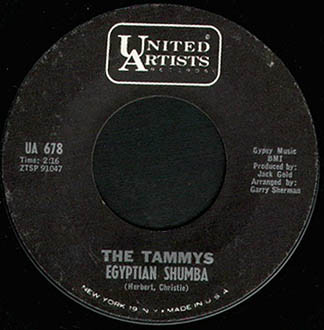
Look, I’m not fully convinced that it qualifies as garage rock per se, but I’ll defer to its RateYourMusic page, where “Egyptian Shumba” is given a secondary genre tag of “proto-punk.” I already wrote about it extensively for the A Century of Song project, so I’ll keep this brief: Some time in 1963 – well before any of the other tracks on this list were recorded – three girls from Pleasantsville, Pennsylvania entered a studio and created one of the greatest pop singles of all-time. If you’ve never heard it before, brace yourself.
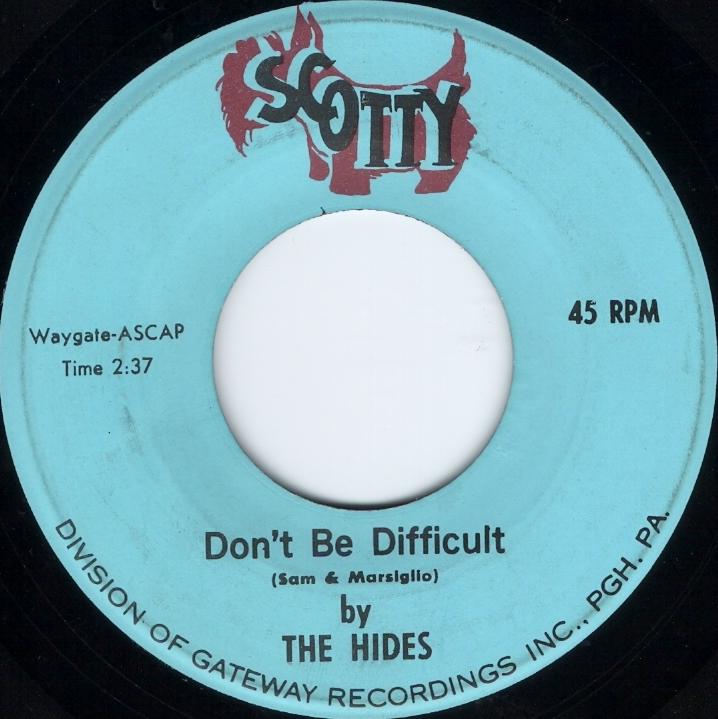
There’s a decidedly Beatle-esque feel to this lone A-side from Pittsburgh’s The Hides. “When I See the One I Love” impresses in its tight performances and brisk pace, but the biggest payoff comes with the minor-chord change that accompanies the song’s title. It’s a minor gem from a nearly-forgotten band, but it’s a gem nonetheless.
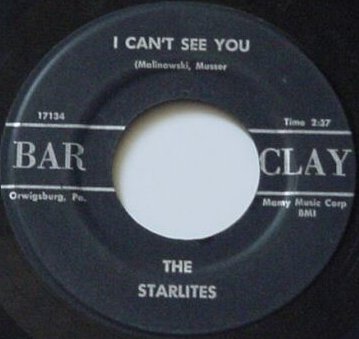
Recorded and released twice – once as The Starlites, and again as The Soul Generation – “I Can’t See You” is the high point in this Reading group’s small discography. Ample fuzz, plus a solid-and-snarling vocal performance, help to separate it from the crowded field of regional garage singles.
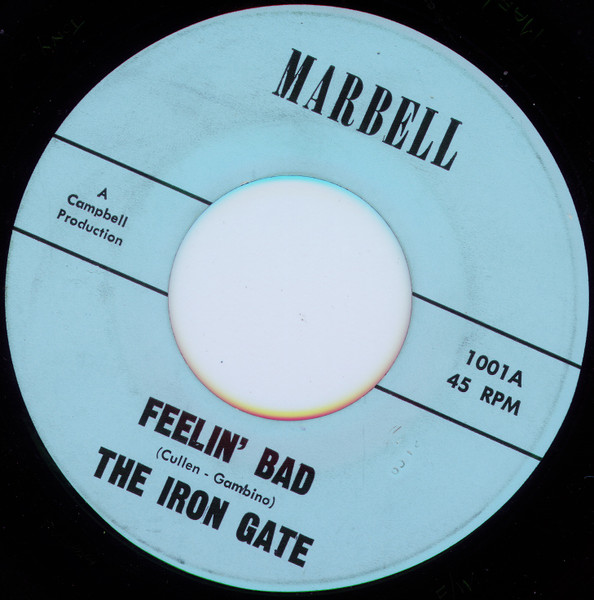
Political commentary was surprisingly rare among garage bands, as these groups tended to follow the relationship-based songwriting template of the British Invasion’s heavy hitters. Philadelphia’s The Iron Gate slyly have it both ways on their debut single. “Feelin’ Bad” lists off a handful of references to contemporary societal challenges (the Vietnam War, the Civil Rights Bill, SNCC/CORE) during its verses, but returns to the realm of personal politics in its explosive refrain.
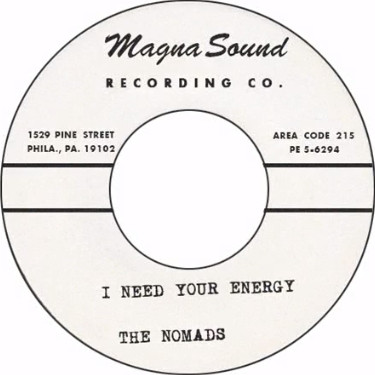
There’s a palpable charm to this unreleased track from Philly’s The Nomads – one that is underscored by its demo-level production values. “I Need Your Energy” pits a classic shaggy dog melody against its shambolic instrumental backing, perhaps reminding listeners of later indie pop acts as Television Personalities and Guided by Voices.
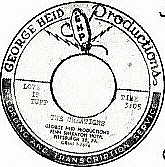
Sticking with a “lo-fi” vibe, this track from McKeesport’s The Creations is another demo recording that didn’t find an official release until 1996, when it appeared on the second installment of the Crude PA series. While the early verses suggest a ballad – the instrumentation is hazily buried deep in the mix – the track’s middle section indicates that “Love is Tuff” could have actually morphed into a solid folk rocker in a more finished form.
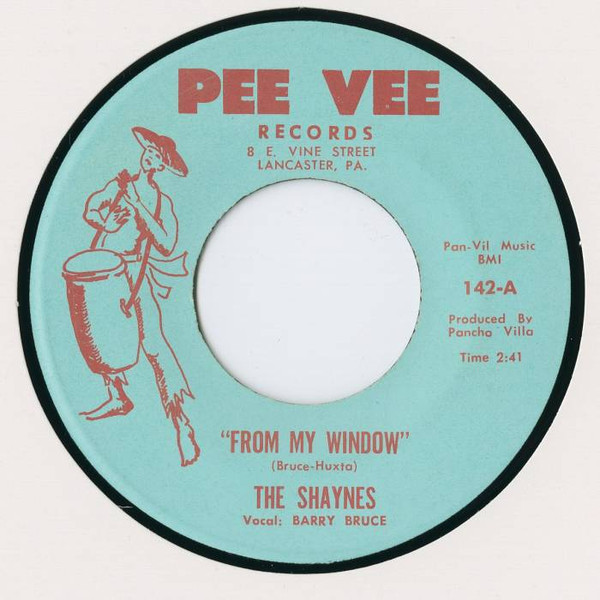
I’ll chalk this discovery up to the YouTube Music algorithm that kept placing it at the end of playlists for earlier entries in this series – which makes me question my subsequent disabling of the “autoplay” feature. An uptempo, moody track from a Lancaster (chances are you’re reading it with an incorrect pronunciation, unless you’ve lived in eastern Pennsylvania) band, “From My Window” is carried by its jangly minor-key guitar riff, and a solid vocal performance from Barry Bruce.
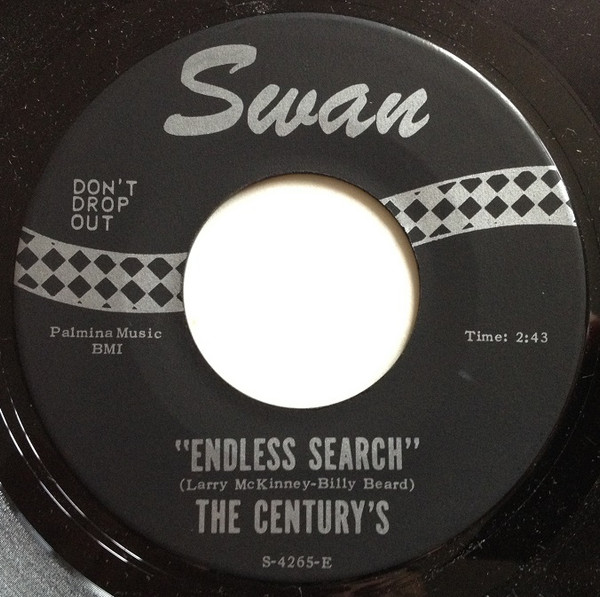
We’ll stay on the moodier side of things with this excellent track from Lebanon’s The Centurys. The B-side to the third of the group’s four singles, “Endless Search” hasn’t appeared on as many garage compilations as its flip side, “Hard Times,” but its buzzy guitar, swirling organ, and strong group harmonies arguably make it the superior recording.
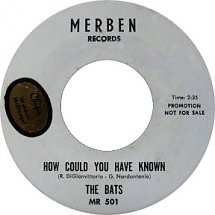
Borrowing an intriguing vibe from the chamber pop sound of The Zombies – with an opening riff that resembles a later classic from The Factory – The Bats make a solid impression with their debut A-side, “How Could You Have Known.” Unfortunately, it would be the only single from the Narbeth, PA quartet, who appear to have broken up shortly after the track was released.
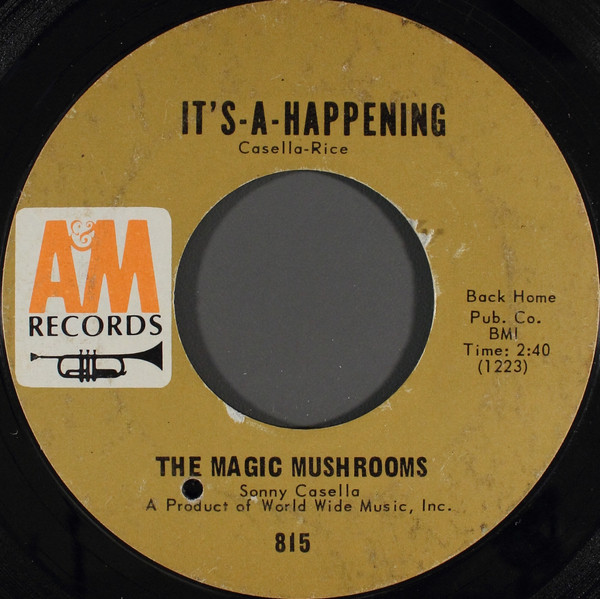
More mushrooms are grown in Pennsylvania than in all other U.S. states combined, but it’s not the culinary variety that Philadelphia’s The Magic Mushrooms were alluding to in their choice of name. The group’s debut single, “It’s-A-Happening” is a prime example of early psych rock, immortalized with its position as the closer to 1972’s seminal Nuggets compilation.
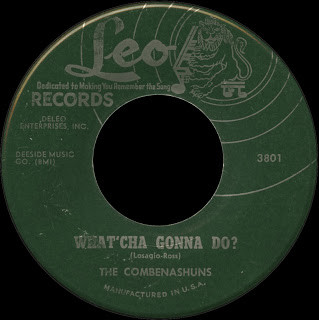
The Vietnam War rears its head again on the B-side to the only single from Easton’s The Combenashuns. In working through this months-long project, it’s been eye-opening to see just how many of these bands were broken up by the draft. Here, some of its potential targets meet the possibility of being selected with humor, toy instrumentation, and a sing-along chorus.
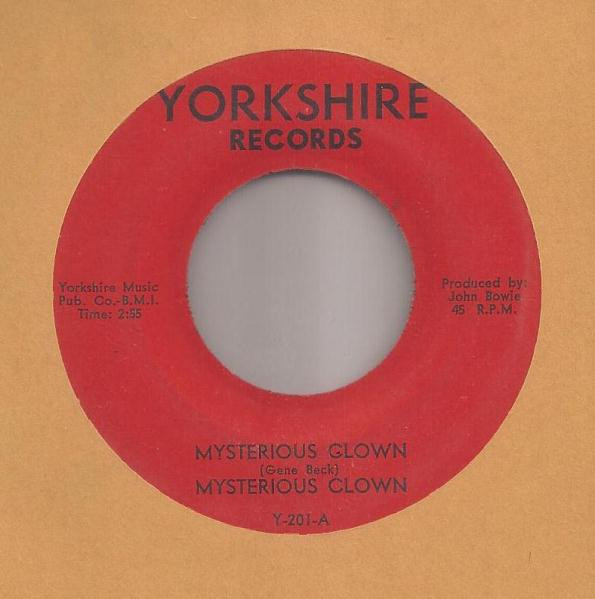
The alias of seventeen-year-old Morris Goldberg, Mysterious Clown is probably best known for the “theme song” A-side. While that one is great as well, it’s the flip – another Vietnam song – that truly stands out. “Why Do I Have to Tell Him?” is a stirring anti-war track, delivered with a tangible sincerity that was often absent from some of the era’s better-known protest songs.
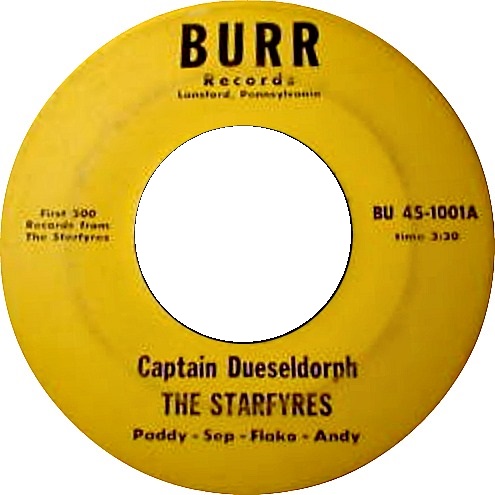
Over the course of this project, I’ve uncovered a ton of new-to-me songs that have quickly become personal favorites. Even among those, “Captain Dueseldorph” is something special. From the heart of coal country, this Lansford quartet of sixteen-year-olds cut their lone single at Philadelphia’s Virtue Records studio – a venture funded by a local priest/friend. Both tracks (including B-side “No Room for Your Love”) are great, but “Captain Dueseldorph” truly charms, with its step-up chorus, honking recorder, and GBV-thirty-years-early lyrics and lo-fi aesthetic. It’s one of the greats, but the band would break up shortly after its release, due to the tragic death of bassist Michael “Flako” Lasko in a car accident.
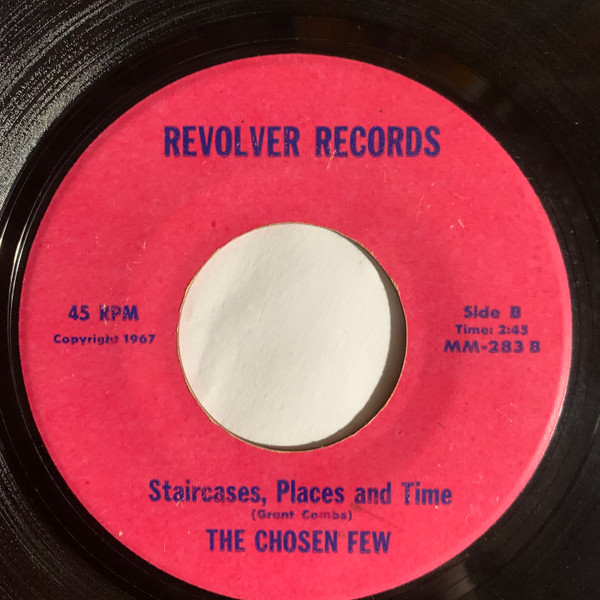
Little is known about The Chosen Few, who appear to have recorded just one single for Revolver Records – itself apparently created for the purpose of releasing this disc – in 1967. The liner notes for the second volume of Crude PA indicate a hunch that the band hailed from the Lehigh Valley area, but regardless of where they were from, “Staircases, Places and Time” is a winning match of jangle pop and light psychedelia.
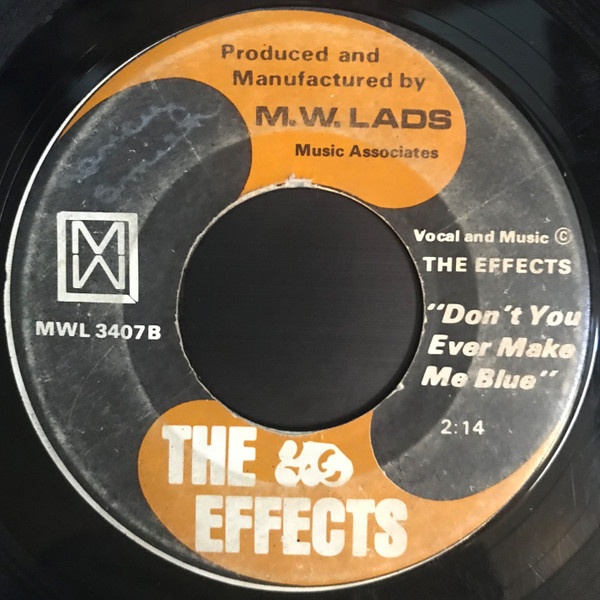
There are two different mixes of this excellent track from West Philadelphia’s The Effects. The original version appeared on an extremely rare Pepsi flexi-disc, and the second as the B-side to the band’s first single. The single version of the rocking track has superior sound quality, but it also features a horn overdub that has proven divisive among the relatively few people familiar with the song. Though it’s a little jarring at first, the sharper sound of the single version gets it the nod here.
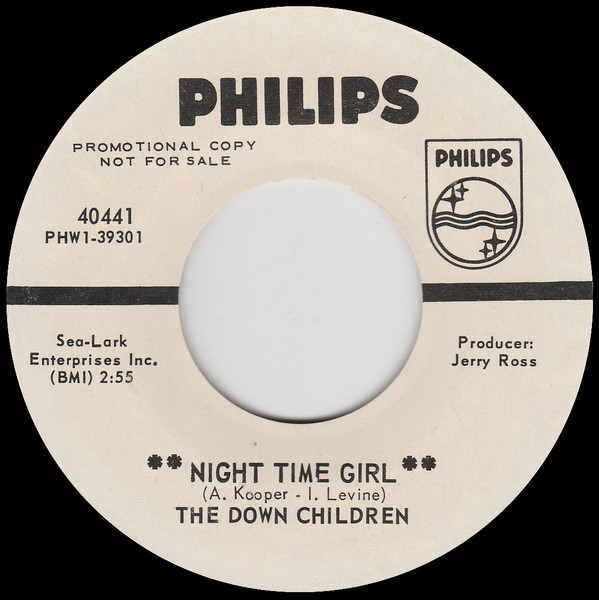
After the initial reverberations of the British Invasion, American garage bands turned to ripping off more than just The Beatles and The Rolling Stones. While you could argue that this one is a bit reminiscent of “Mother’s Little Helper,” to me, “Night Time Girl” is a dead ringer for The Kinks, right down to its cynical social commentary. Incorporating elements of baroque pop, the Philly-based Down Children make a solid impression with this lone A-side.
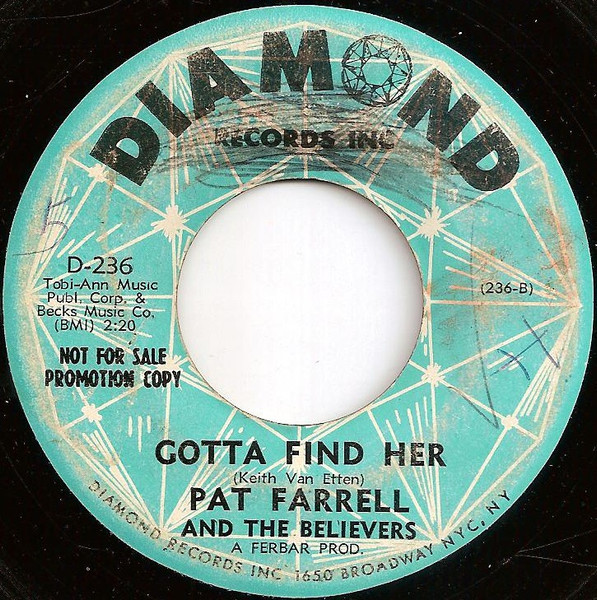
The B-side to their second single, “Gotta Find Her” is a stomping, R&B influenced keeper from Pat Farrell and The Believers. The Hamburg, Pennsylvania group would be the focal point of the 1998 compilation Eastern PA Rock Legends 1966 – 1968: The Barclay Story, Vol. 4, and this track stands as the highpoint of their limited discography.

Look, I know the most influential band of all-time had an intentionally misspelled name, but that was at least kind of clever, whereas “The Glas Managerie” is just annoying. Now that I’ve gotten that unpleasantness out of the way, “Natasha” is actually a pretty charming, low-key track from this Coatesville band, as confirmed by its numerous appearances on garage compilations.

The liner notes to the eighth volume of the Back From the Grave series apologize for the lack of information on this group, believed to be from Philadelphia. Despite their mysterious nature, The Dogs have made a handful of compilation appearances with “Don’t Try to Help Me” – a colossal, sax-led proto-punk raver.
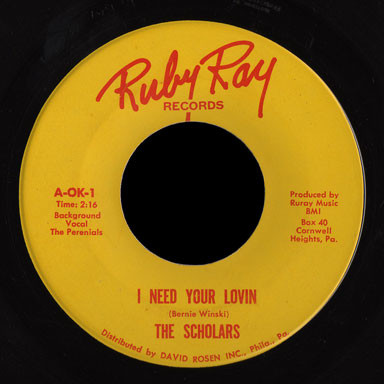
Another Philadelphia band, the appropriately-named Scholars were formed by students at Drexel and Temple Universities. The group cut three songs at Philly’s Cameo Parkway Studio in early 1967, and released a pair of them on a single by the local Ruby Ray Records shortly thereafter. “I Need Your Lovin'” is the definite keeper of the two, as its uptempo garage style pairs surprisingly well with the work of a vocal trio known as The Perennials.
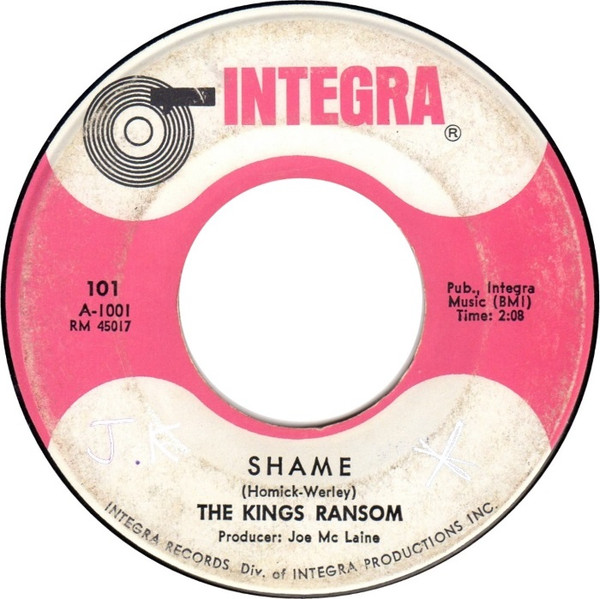
Hailing from Allentown, The King’s Ransom produced one of the best Pennsylvanian garage tracks in 1967’s “Shame.” The song’s quick pace is ably maintained by solid rhythm section work, while a jangly 12-string guitar offers a melodic counterpoint to the proto-punk undertones. Add in a compelling lead vocal with well-deployed harmonies, and you’ve got a legit lost classic.
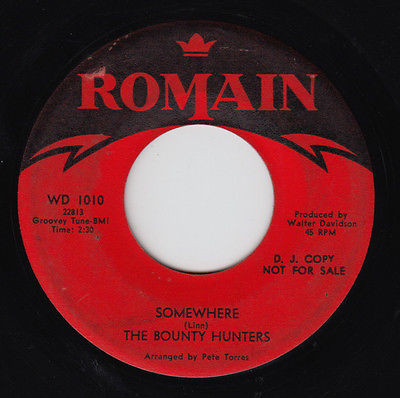
As a garage rock obsessive, I’m obviously okay with the genre’s frequent acceptance of “less than perfect” performances. In fact, several of my favorite garage cuts are actually enhanced by such features. With that said, the out-of-tune bass on this 1967 B-side almost ruins an otherwise excellent track for me. Luckily, The Bounty Hunters were from Philly, and as a Phillies/Flyers fan of over three decades, let’s just say that I’ve grown accustomed to accepting “less than perfect” from Philadelphia entities.
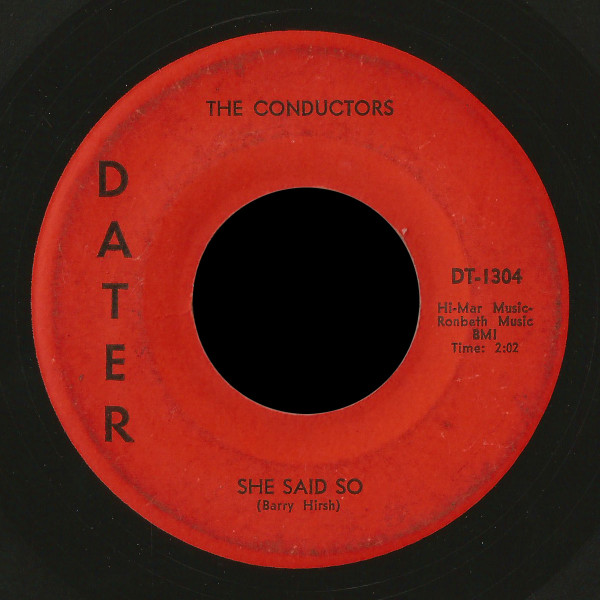
The Little League World Series celebrated its twentieth anniversary in Williamsport in 1967, the same summer that a sextet of local kids released this stellar organ-driven track. “She Said So” was relegated to the B-side of the band’s only single, and though it wouldn’t elevate the group to any significant attention outside of their hometown, it stands as a fine exemplar of the garage sound.
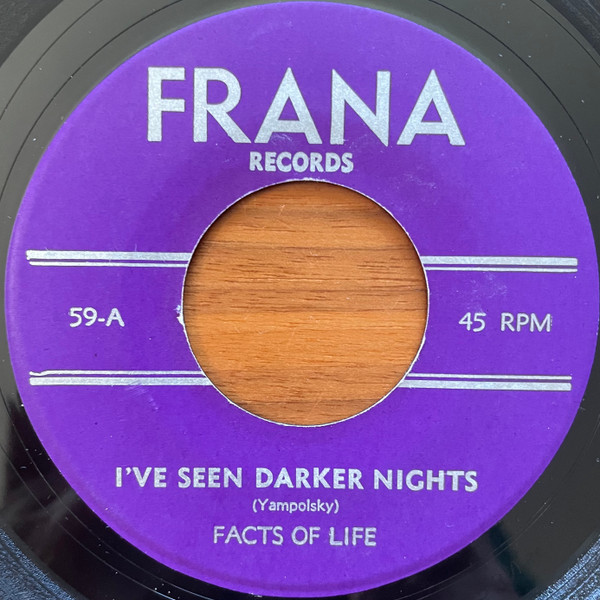
Biographical information on this group is relatively scarce online. What is known is that Facts of Life formed in the Philadelphia suburb of Bala Cynwyd, and that – by checking the names on their Discogs page – both sides of their lone single were original compositions. Of the two, “I’ve Seen Darker Nights” is the superior track, propelled by solid instrumental work and group harmonies, with a quality organ solo to boot.
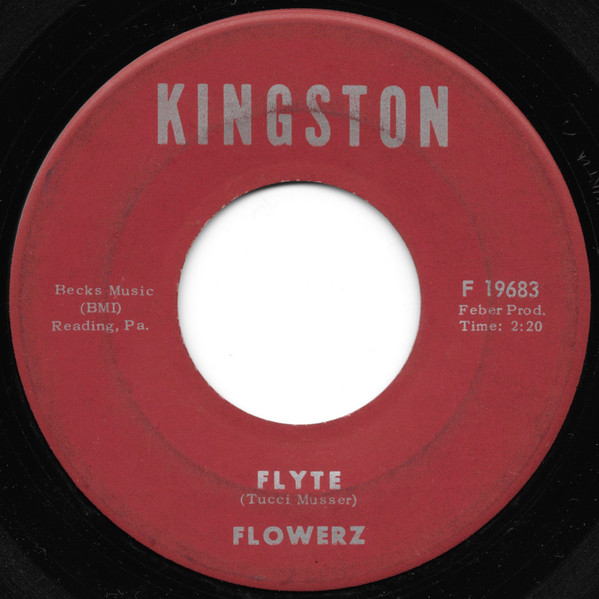
Another band from Reading, Flowerz were actually quite prolific recording artists compared to their Pennsylvania garage contemporaries – despite only releasing four of those recordings before breaking up. Even with their entire twenty-one song catalog available as part of a 1999 compilation, their final A-side, “Flyte,” still stands out as the best work of their time together. A stomping, attitude-laden track of buzzing organs, guitar fuzz, and a pair of brief rave-up sections (one instrumental, and one with vocals), “Flyte” is an outstanding cut.
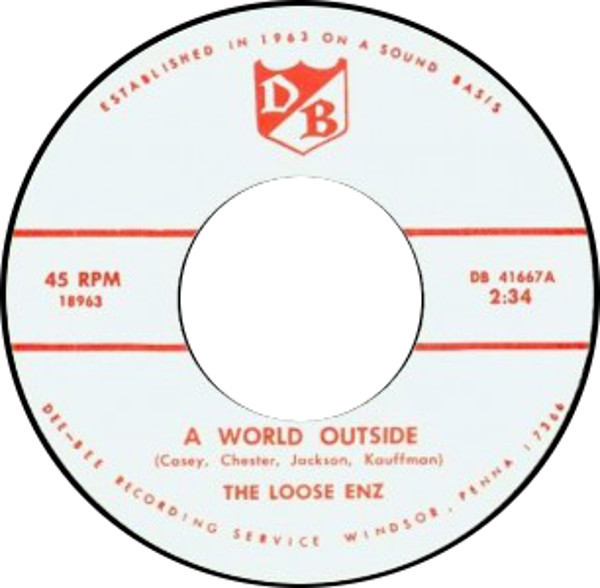
While it seems like most listeners prefer their heavier, psych-infused 1968 track “The Black Door,” it wears its Doors (see what they did there?) influences a little too proudly for me. 1967’s “A World Outside” is more my speed: skewing closer to the garage end of the spectrum; possessing a sharper guitar hook; and doing less to remind me of Jim Morrison and his bad poetry.
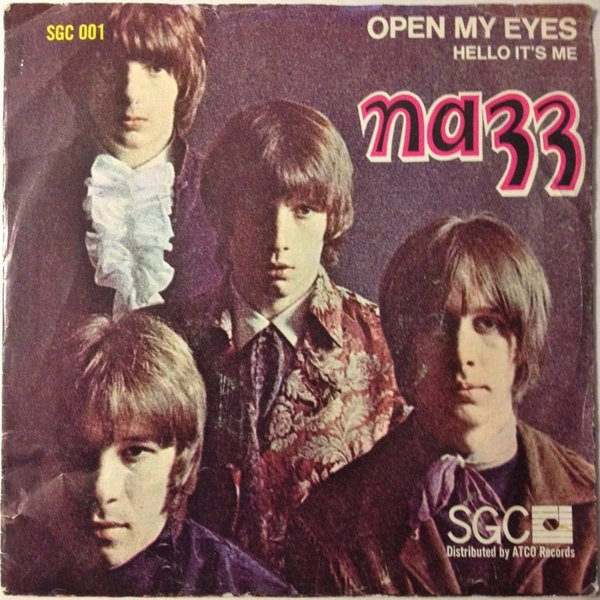
Yes, it was the last song on this list to be released; but only by a few months, which makes the debut single from Philadelphia’s Nazz sound particularly ahead of its time. While Todd Rundgren would go on to a successful second act in the seventies, “Open My Eyes” anticipates not only a lot of what was to come for Rundgren, but for seventies rock in general. In particular, the heavy phase effect surely caught the attention of listeners in 1968, but so too did the bright hooks, funky rhythm work, and anthemic chorus.


